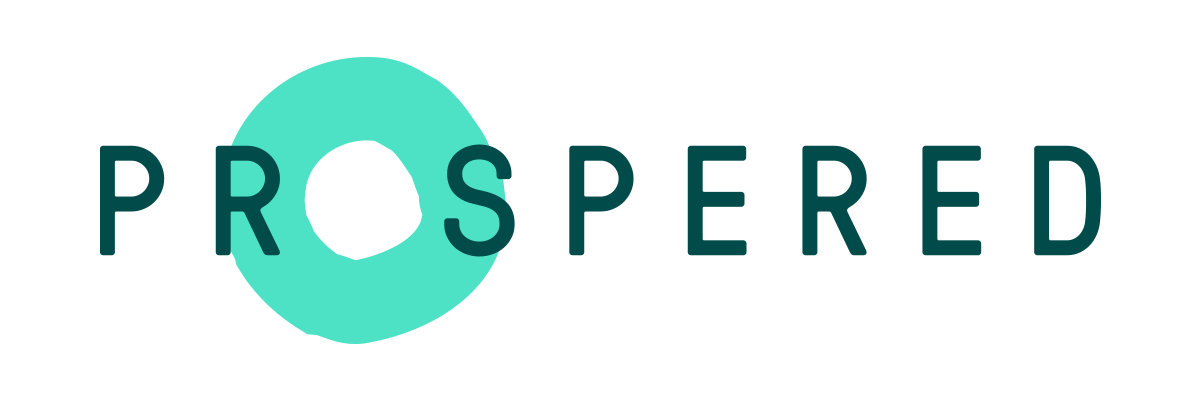Database Descriptions
You can contact us directly if you have any questions about the availability and use of our policy data.
MATERNITY LEAVE
This database captures whether women have a legislated right to paid maternity leave. Variables include length of paid leave, the wage replacement level, length of prenatal vs postnatal leave, and eligibility requirements based on contributions to social insurance funds and/or work tenure.
Longitudinal data is available for every year between 1995-2016 for 193 UN Member States.
PARENTAL LEAVE
Paid parental leave captures leave that either parent of an infant can take, its length and wage replacement level as well as eligibility requirements. Information on policies to encourage leave-taking by fathers is also included.
Longitudinal data is available for every year between 1995 and 2016 for 193 UN Member States.
PATERNITY LEAVE
This database captures whether legislated paternity leave exists (i.e. available only to fathers upon the birth of a child), whether it is paid, its duration and wage replacement level as well as eligibility requirements.
Longitudinal data is available for every year between 1995 and 2016 for 193 UN Member States.
BREASTFEEDING BREAKS AT WORK
This database captures whether women have a legislated right to breastfeeding breaks at work. The database includes information on whether breastfeeding breaks at work were legally guaranteed to nursing female employees, whether they were paid, and for how long they were available.
Longitudinal data is available for every year between 1995-2014 for 193 UN Member States.*
*Additional variables for duration of breaks and option for shorter work days for 121 LMICs are available upon request.
SICK LEAVE
The sick leave database captures legal guarantees for employees to take leave when they are sick. Variables include whether leave is paid, its length, whether leave is provided as employer-liability and/or through social insurance, wage replacement level, and conditions for eligibility.
Longitudinal data is available for every year between 1995 and 2016 for 193 UN Member States.
FAMILY HEALTH LEAVE
Family health needs leave captures the ability of employees to take leave when a family member is sick. Variables include whether leave is granted for serious or general illness, length of leave, wage replacement rate, and other eligibility requirements.
Longitudinal data is available for every year between 1995 and 2016 for 193 UN Member States.
CHILD HEALTH LEAVE
Children’s health needs leave captures when an employee is allowed to go on leave when his or her child is sick. This includes leave for general or serious health needs, whether it’s paid or unpaid. Variables include conditions for leave, length of leave, and wage replacement level.
Longitudinal data is available for every year between 1995 and 2016 for 193 UN Member States.
MINIMUM WAGE
This database captures whether a minimum wage policy exists in a country and quantifies the monthly minimum wage level over time for the private sector.
Longitudinal data is available for every year between 1999 and 2013 for the 121 countries that have been surveyed by either the Demographic and Health Surveys (DHS) or the Multiple Indicator Cluster Surveys (MICS) at least once between those dates.
CHILD LABOUR
This database captures legislation around child labour, including general minimum age for employment, exceptions, and regulations around maximum hours of work.
Longitudinal data is available for every year between 1995 and 2014 for 33 low and middle income countries that were included in the DHS child labour surveys.
MINIMUM AGE FOR MARRIAGE
This database captures the minimum age at which boys and girls can legally marry. It also identifies whether exceptions based on parental consent or other conditions are allowed for marriage at a younger age than the regular legal minimum. The database is coded separately for girls and boys.
Longitudinal data is available for every year between 1995 and 2012 for the 121 countries that have been surveyed by either the Demographic and Health Surveys (DHS) or the Multiple Indicator Cluster Surveys (MICS) at least once between those dates.
UNEMPLOYMENT INSURANCE BENEFITS
This database captures the existence of policies establishing cash benefits during unemployment, the minimum and maximum duration of benefit payments, as well as the duration of such payments for a worker with one year of work history.
Longitudinal data is available for every year between 2002 and 2012 for a subset of 69 countries that have been surveyed by either the Demographic and Health Surveys (DHS) or the Multiple Indicator Cluster Surveys (MICS) at least once between 1999 and 2013.
FAMILY CASH BENEFITS
This database captures the existence of policies establishing family allowances that require the presence of children in the household as a condition for eligibility. The database focuses on cash payments only. Variables include whether benefits are subject to a means test, and whether they are available universally or only for targeted populations.
Longitudinal data is available for every year between 2002 and 2012 for the 121 countries that have been surveyed by either the Demographic and Health Surveys (DHS) or the Multiple Indicator Cluster Surveys (MICS) at least once between 1999 and 2013.












